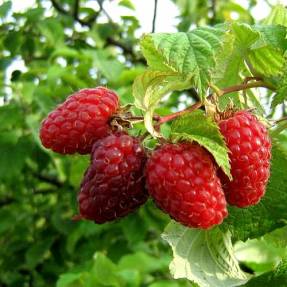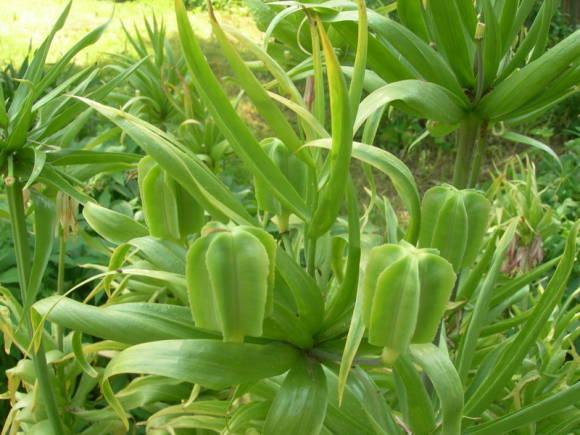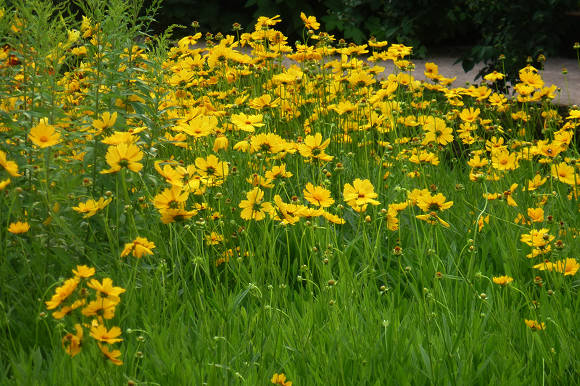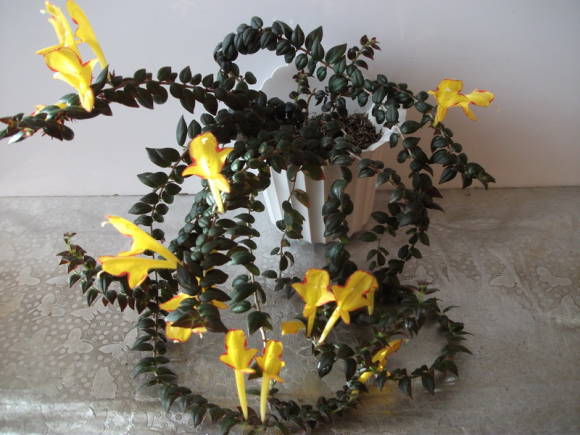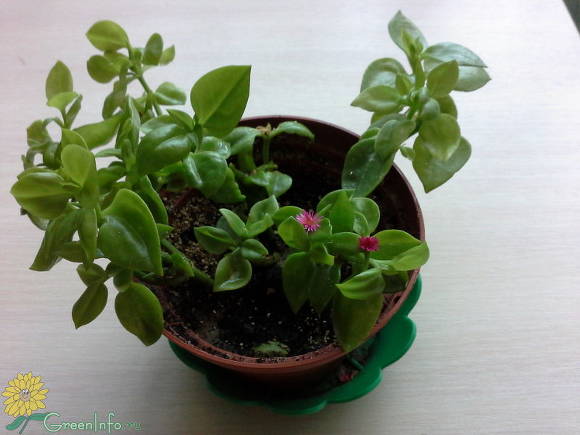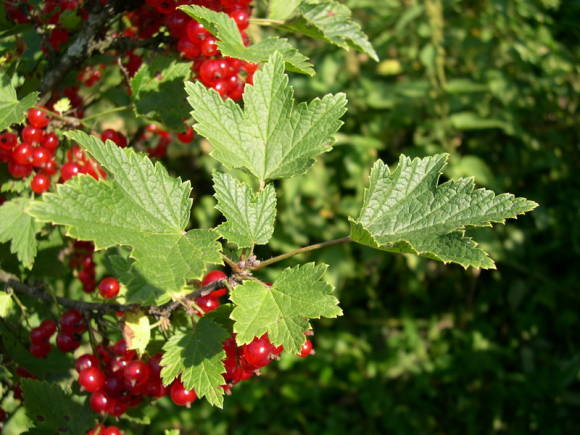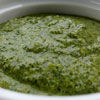
So many plants bear the species name "ordinary". But as it turns out, this is very unfair to their remarkable phytotherapeutic properties. For example, common dandelion is an excellent prophylactic agent for sclerosis, common tansy is a wonderful choleretic. And about oregano, which is also ordinary, you can write a whole book. The more it is studied, the more useful properties are found. There is one more "ordinary" plant - pine. In Latin, its name is translated as forest pine, but for some reason in all botanical literature it is customary to call it Scots pine. This is terribly unfair. This plant is used by almost everyone and precisely for medical purposes.
Scots pine(Pinus silvestris L.) - evergreen coniferous tree from the pine family. Its height in pine forests can reach a height of 50-75 m, but in an open place the tree usually turns out to be spreading and sometimes, especially on slopes and stony soils, picturesquely clumsy. It was pines from all conifers that the Japanese most often turned into bonsai. The trunk diameter of old trees can reach 1.5 m. The crown of mature trees is rounded or umbellate. The needles are acicular, triangular, collected at the ends of the shortened shoots in bunches of 2 needles. The pine “blooms” in May-June, and the seeds in the cones ripen in a year and a half. The cones are oblong-ovate, 2-6 cm long. The seeds are small, up to 5 mm, with a lionfish, thanks to which the wind carries them over rather long distances.
It is found almost throughout the forest zone of Russia, in the northeast of European Russia, in the forest zone of Western and Eastern Siberia. Grows as an admixture in spruce, larch and fir forests; sometimes forms a clean stand. In the mountains it rises to the upper border of the forest. Forms vast forests on sandy and sandy loam soils, peat bogs, chalk outcrops and in the mountains. It is widely cultivated in the steppe and forest-steppe zones in forest shelter plantations as a fixer for sands and ravine slopes. But in dusty and gassed cities, pine, like most conifers, feels very bad. Needles should live for quite a long time, several years. And under the influence of poor environmental conditions, their lifespan is sharply reduced, new ones do not have time to grow, the tree "bald" and gradually dies. Therefore, you will never see beautiful pine trees near busy city highways.
From the Sumerians to the present day
There are quite a few species of pine on our planet, and many of them have learned to appreciate and use for economic and medicinal purposes since ancient times. Pine is one of the oldest medicinal plants. More than two millennia ago, many different recipes were recorded in the Sumerian state, in which needles and pine resin were mentioned. The dried needles of pine and fir were used by the Sumerians for compresses and poultices.
In ancient Egypt, resin was included in embalming compounds, which until now - after three thousand years - have not lost their bactericidal properties! In Greece and Rome, pine resin was used to treat colds, lumbago, and the bark was used as an astringent. The resin was used to heal wounds and soften tumors. Among the Slavic peoples, ordinary pine was used for funeral fires and at weddings. The resin was part of the incense used in religious ceremonies. Needles were included in compresses and poultices five thousand years ago! In Russia, it was customary to chew pine needles and young twigs - they cleaned the oral cavity well, strengthened the gums and teeth. And also, a decoction of pine needles in the spring saved many generations of our ancestors from scurvy. The antiscorbutic properties of pine have been known from time immemorial to the peoples of the north, travelers and sailors.
It is interesting: Jacques Cartier set out in 1596 to explore the coast of Canada. On his ship, the entire crew fell ill with scurvy. When the ship sailed to the St.Lawrence, twenty-six sailors died from scurvy. Having landed on the shore, the ship's crew could not find any lemons or vegetables in the northern forests. However, Jacques Cartier managed to establish friendly relations with the Indians, who decided to help him and his comrades: they advised to be treated for scurvy with an infusion of pine needles. And Cartier saved the remnants of his team from death with this remedy.
Russian academician Pyotr Pallas, who traveled a lot in the north of Siberia, wrote in 1785 in his book Description of Plants of the Russian State: in medical science it is a remedy for scurvy diseases ”.
According to Avicenna, even the smoke from burning pine wood is useful - it makes eyelashes more beautiful, prevents watery eyes, and strengthens eyesight.
The Slavs covered the wounds with a powder of dried pine juice, and reduced eczema and lichens with pine resin and tar. The antiseptic properties of pine are still used today. Workers treat frequent injuries in logging with resin, not iodine. The most severe wounds heal quickly (in 2-3 days) and always without pain. There was a cure with sap of weeping eczema, lubricating sore spots. Healing occurs within 3-4 days of treatment.
Kidney from kidney

In pine, almost everything is used for the needs of medicine: buds, needles, pollen, resin, and even wood. But first things first.
Let's start with the kidneys. They are harvested in winter and early spring. At the sites of thinning, the tops of the shoots with the remains of branches about 5 mm long are cut off from young felled trees. Buds are usually not harvested from old trees, since they are usually small, collecting them is laborious, and the result obtained is more likely to upset than please. In summer, the buds become unsuitable for harvesting.
The buds are dried in attics or under canopies with good ventilation. In no case should they be dried in a warm place - firstly, resin begins to stand out, and the raw materials go into lumps, and secondly, they begin to bloom. Both, naturally, do not improve the quality of raw materials.
Raw materials should consist of buds 1-4 cm long, single or arranged in the form of crowns, several pieces, of which the central one is larger. Their surface is covered with dry, spirally located, tightly pressed against each other, lanceolate, pointed, fringed scales glued together with resin. The color is pinkish brown outside. Shelf life is 2 years.
The buds contain up to 0.36% essential oil, resin, naphthaquinone, rutin, carotene, tannins, pinipicrin, vitamin C. Pine buds contain significant amounts of some macronutrients (mg / g): potassium - 4.4, calcium - 2.9 , magnesium - 1.2, iron - 0.04. They concentrate nickel.
Pine buds are used mainly as an expectorant, diuretic, diaphoretic and disinfectant. Recommended for bronchitis, pneumonia, bronchiectasis, rheumatism, rheumatoid arthritis, cholecystitis, cholangitis, pyelonephritis and cystitis. A decoction of pine buds is used in folk medicine as a diuretic and disinfectant, for kidney stones and urolithiasis. In Bulgaria, for this purpose, syrup is prepared from the kidneys. With prostate adenoma, take a decoction of young fresh shoots of pine.
Infusion of pine buds: Pour 1 tablespoon of pine buds into a thermos in the evening, pour 0.5 liters of boiling water. Insist during the night, the next day, drink the entire infusion in 3-4 doses 20-40 minutes before meals (warm).
Decoction of the kidneys. 1 table. pour a spoonful of raw materials with 1 cup boiling water, boil over low heat for 30 minutes, insist until cooled, drain. Take 1 / 3-1 / 2 cup 2-3 times a day after meals.
Kidney syrup... Pour 50 g of raw materials with 2 cups of boiling water, leave for 2 hours in a warm place, strain, add 500 g of sugar and boil until a syrup is obtained (another option is to add 50 g of honey to the infusion). Take 5-6 tables. spoons per day.
For the treatment of diseases of the kidneys and urinary tract, as well as bronchitis, they prepare potion: 50 g of pine buds are poured with two glasses of boiling water, allowed to boil, then, in a sealed container, insist in a warm place for 2 hours. The filtered infusion is mixed with 50 g of bee honey. Take the mixture in a tablespoon 3-4 times a day.
Alcohol tincture of the kidneys prescribed in the form of drops with water for pulmonary tuberculosis.
Pine buds are not recommended to be prescribed for glomerulonephritis and hepatitis, as well as during pregnancy!
With rheumatism and skin diseases in medicinal bath add a decoction of 500 g of pine buds, which are boiled for half an hour in 5 liters of water.
In collections, pine buds are prescribed for obesity. Needles and kidneys prevent the development of leukopenia during chemotherapy in cancer patients (leukopenia - a reduced number of leukocytes in the blood, leading to a decrease in immunity).
In veterinary medicine, kidneys are used for the same indications in the form of a decoction (1:10).
Fragrant feet
The needles are harvested in winter and early spring. On an industrial scale, it is obtained by logging. Having collected fresh needles in the forest in winter, it can be stored for a long time without loss of quality on a cold balcony, buried in the snow, unless, of course, it goes out onto a busy highway with all dusty and "heavy metal" consequences.

Pine needles contain essential oil, starch, tannins (5.0%), lignans. flavonoids (rutin and dihydroquercetin), vitamins C (100-300 mg%), B, PP, E, carotene, steroids. It has long been known as a remedy for scurvy. In addition, the needles contain benzoic acid, which has a pronounced antimicrobial effect, phenol carboxylic acids and their derivatives (caffeic, chlorogenic, homoprotocatechic, etc.)
Needle extracts in the experiment have an inhibitory effect on the influenza A / PR / 8 virus.
Very helpful vitamin drinkpine needles, which is prepared as follows: four glasses of collected green needles - needles are poured with 0.5 liters of cold boiled water, acidified with 2 teaspoons of 3% hydrochloric acid, insisted for 3 days in a dark place, filtered. Drink half a glass twice a day, with honey or sugar. Many Leningraders who survived the blockade owe their lives to this vitamin drink.
In a mixture with other plants, the needles of Scots pine are used for prostate adenoma, and the kidneys - for male infertility.
For example, in case of infertility, the following collection can be used: Scots pine buds - 100 g, white mulberry leaves - 100 g, walnut leaves - 100 g and Icelandic citrine thallus - 100 g. Add 1 teaspoon of flax to 2 tablespoons of the mixture, pour 0.5 liters of boiling water, boil for 10 minutes, insist before cooling, filter and take 75 ml 2 hours after meals 3 times a day.
The infusion of young branches with needles has an antihypoxic effect. (Hypoxia is a lack of oxygen in any organ. Hypoxia of the brain is especially dangerous. It can occur as a result of circulatory disorders and as a result of anemia. A classic herbal remedy that increases the brain's resistance to hypoxia - ginkgo biloba).
In Tibetan medicine, the infusion of the branches is used for tumors, diseases of the lymphatic system. Baths and douching with infusion and decoction are used for colpitis and cervical dysplasia.
In dentistry, infusion of needles is recommended for bleeding gums, stomatitis, gingivitis and periodontal disease.
In clinical trials, the extract has shown antibacterial, phagocytic, antioxidant effects.
Phagocytic effect - an increase in the number and activity of phagocytes - cells that make up one of the links of immunity.
Antioxidant effect - lipid peroxidation decreases and so-called free radicals are not formed, which destroy cell membranes, and this, in turn, leads to the body's vulnerability to diseases and adverse environmental factors. The most famous antioxidants are vitamins A and E.
Needle decoction... 50 g of fresh chopped needles pour 250 ml of boiling water, boil for 20 minutes, strain, add honey or sugar for taste and drink during the day.
Decoction of fresh shoots... Pour 30 g of chopped raw materials with 1 glass of boiling water, boil for 30 minutes, insist until cooled, drain. Take 2 tablespoons 4-5 times a day.
With nervous excitability, irritability, insomnia, they have a calming effect pine extract baths... They strengthen the nerves and heart, are useful for rheumatism, gout, sciatica, swelling and inflammation of the joints, skin diseases, abscesses and obesity.
For cooking extract fresh twigs with needles and cones are poured with water and boiled for half an hour. Then it is tightly closed and left to infuse for 12 hours. A good extract is brown in color. A full bath requires one and a half kilograms of raw materials. The water temperature should not exceed 34 ° C.
In Germany, mattresses for people suffering from rheumatism were stuffed with dry needles.
Pine needles are widely used in cosmetics. For example, cream "Lel" is prepared on the basis of coniferous chlorophyll carotene paste, spermacet and stone seed oil. It is recommended as an effective remedy for porous and acne-prone skin, tones and cleanses. Needle extract and essential oil from needles smoothes, rejuvenates the skin, increases its barrier functions, normalizes the physiological susceptibility of sensitive receptors. Eliminates furunculosis, seborrhea, inflammatory and neuro-humoral rash.
Notes to the veterinarian: In veterinary medicine, the concentrate and infusion (1:10) of needles are recommended for hypoavitaminosis. At the same time, 150 g of boiling water is poured into 30 g of fresh needles, boiled for 20 minutes, filtered, defended for 2-3 hours (daily dose). Doses of needles inside: cattle and horses - 15-20 g, sheep and goats - 1.5-2 g.
Cones
Pine cones for medical use are harvested green. They are used for respiratory infections, whooping cough, pleurisy, pulmonary emphysema and pneumonia. Outwardly, the tincture is used for rheumatism to rub the joints. It is very simple to prepare it.
Tincture of fresh green buds. Cones insist on 40% alcohol (1:10) for two weeks in a dark place. Take 1 tablespoon 3 times a day or use to rub the joints.
Not just for doctors

Throughout the history of mankind, pine was also a building material that was used in house and shipbuilding, carpentry, furniture production, in the manufacture of containers, musical instruments. It is used in forest reclamation work to create forest belts and consolidate the soil.
In pine plantations in a 30-kilometer zone around the Chernobyl nuclear power plant, the proportion of β-radiation decreases.
But let's not forget that this is also a very beautiful plant. Wonderful garden forms have already been bred. It is recommended to plant it when landscaping sanatoriums, childcare facilities, in parks.
But in cities, the pine feels very bad. It is highly sensitive to industrial pollution, emissions of chlorides and fluorides, and dies from exposure to sulfur dioxide. Older trees suffer more than young trees. Ecologists consider pine as a bioindicator of the state of forest ecosystems, in particular, in the northern regions.
Continued in articles:
About the properties of essential oil, pollen and pine resin
Scots pine is not alone
